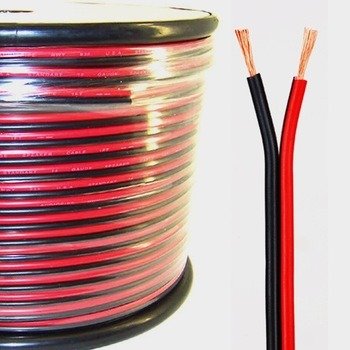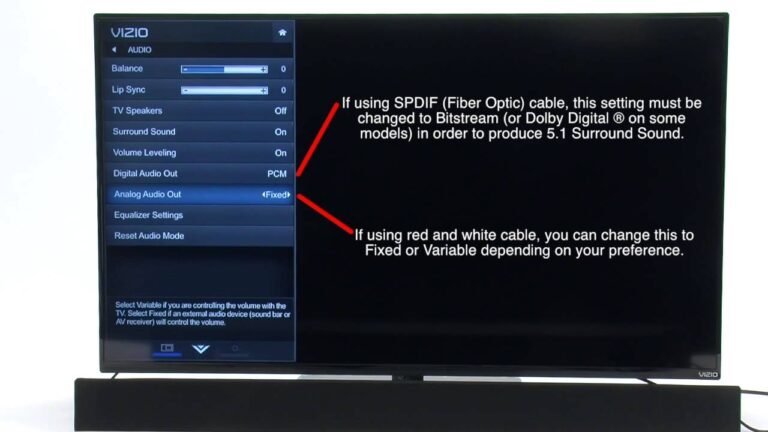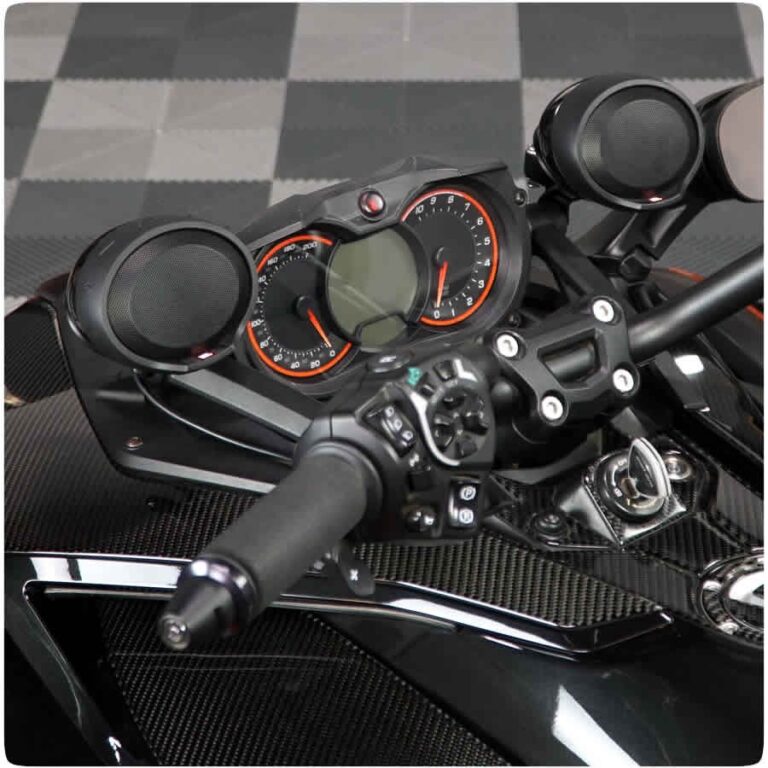Maximizing Sound Quality: Running Speaker Wire Next To Each Other
Can you run speaker wire next to each other? This is a common question for anyone setting up a home theater system or installing speakers in a room. And the answer is yes, you can. In fact, running multiple speaker wires next to each other is often unavoidable, especially when trying to create a clean and organized setup. But it’s important to know the proper techniques to ensure optimal performance and avoid any interference. In this article, we will delve into the world of speaker wire placement and explore the dos and don’ts to create the best audio experience for your space. Let’s dive in!
Can You Run Speaker Wire Next to Each Other?
Introduction
In any home audio setup, running speaker wire is an essential step to connect your speakers to your audio system. However, when it comes to speaker wire placement, you may wonder if it’s possible to run the wires next to each other. After all, proper wire management can contribute to both the aesthetics and safety of your audio system. In this article, we will explore whether it is feasible and recommended to run speaker wire next to each other, considering factors such as interference, signal degradation, and potential risks.
Understanding Speaker Wire
Before delving into the question of running speaker wire next to each other, it’s important to have a basic understanding of speaker wire and its role in delivering audio signals. Speaker wire is essentially an electrical cable that carries audio signals from the amplifier or receiver to the speakers. These wires consist of conductive materials, usually copper or aluminum, surrounded by an insulating sheath to prevent short circuits or electrical interference.
Choosing the Right Speaker Wire
When selecting speaker wire for your audio setup, several factors come into play, such as wire gauge, length, and insulation quality. The appropriate wire gauge is determined by the distance between your amplifier and the speakers, as well as the power requirements of your speakers. Thicker wire (lower gauge) is generally recommended for longer distances and higher-powered speakers to minimize signal loss.
Preventing Signal Interference
One of the primary concerns when running speaker wire next to each other is the potential for signal interference. Signal interference can result in poor audio quality, humming or buzzing sounds, and reduced overall performance of your audio system. To minimize interference, consider the following:
- Keep Speaker Wire Separation: Whenever possible, it’s advisable to maintain a distance between speaker wires. This helps reduce the chances of cross-talk or electromagnetic interference.
- Twist Speaker Wires: Twisting the wires can help reduce electromagnetic interference, especially when dealing with longer wire runs. This twisting technique is commonly used in professional audio installations.
- Use Shielded Speaker Wire: Shielded speaker wire is designed with a metallic shield between the conductive wire and outer sheath. This shielding helps to minimize external electromagnetic interference.
Benefits of Running Speaker Wire Next to Each Other
While there are concerns about running speaker wire next to each other, there can also be benefits to this approach. Let’s explore some advantages:
Clean and Organized Setup
Running speaker wire next to each other can create a neat and organized appearance for your audio system. By grouping the wires together, you can easily manage and conceal them, reducing clutter and allowing for a more visually appealing setup.
Easier Cable Management
When speaker wires are placed next to each other, it becomes easier to manage and route them appropriately. This can be particularly useful when dealing with intricate or complex setups where multiple wires need to be connected to different speakers or audio sources.
Reduced Wire Length
Running speaker wires next to each other may also result in shorter overall wire lengths. With less wire required, you can potentially reduce costs and minimize signal degradation that may occur with longer wire runs.
Potential Risks and Mitigation
While there are potential benefits to running speaker wire next to each other, it’s essential to be aware of the risks involved and take appropriate measures to mitigate them.
Interference and Crosstalk
As mentioned earlier, placing speaker wires next to each other can increase the risk of interference and crosstalk. This can lead to compromised audio quality and disturbance in the overall listening experience. However, by observing the best practices mentioned earlier, such as wire separation or using shielded wires, you can significantly reduce these risks.
Risk of Short Circuits
When running speaker wire next to each other, there is a possibility of wires touching and causing a short circuit. This can potentially damage your audio equipment or even pose a fire hazard. To prevent short circuits, take the following precautions:
- Use Insulated Speaker Wire: Ensure that the speaker wire you use is properly insulated to avoid direct contact between the wires.
- Secure Wire Connections: Properly secure and fasten wire connections to minimize movement and the chances of accidental contact.
- Use Cable Management Solutions: Utilize cable management solutions such as conduit, cable trays, or tape to keep the wires organized and prevent accidental contact.
Environmental Considerations
Another factor to consider when running speaker wire next to each other is the environment in which the wires are placed. If the wires are exposed to extreme temperatures, moisture, or other environmental hazards, it can affect their performance and durability. Make sure to check the manufacturer’s guidelines and choose speaker wires that are suitable for the specific environmental conditions of your setup.
In conclusion, running speaker wire next to each other can be a feasible option for managing your audio system’s wires. However, it is crucial to be mindful of potential risks such as signal interference, crosstalk, and short circuits. By adopting best practices like wire separation, twisting, and using shielded wires, you can mitigate these risks and maintain optimal audio performance. Always prioritize safety and refer to the manufacturer’s guidelines when selecting and installing speaker wire. With proper planning and execution, you can achieve both a visually appealing and sonically satisfying audio setup.
Frequently Asked Questions
Can you run speaker wire next to each other?
Yes, you can run speaker wire next to each other without any significant issues. However, there are a few factors to consider when doing so:
Is it safe to run speaker wire parallel to other wires?
Yes, it is generally safe to run speaker wire parallel to other wires. However, it is recommended to keep a distance of at least a foot to minimize any interference or signal degradation. Additionally, if the other wires carry strong electrical currents, it is advisable to maintain a greater separation to avoid potential disturbances.
Will running speaker wire next to electrical wires cause interference?
Running speaker wire near electrical wires may result in some interference, especially if the electrical wires carry high currents. To minimize this interference, it is best to keep the speaker wire perpendicular to the electrical wires rather than running them alongside for extended distances.
Can running speaker wires close together cause crosstalk?
Running speaker wires close together might introduce some crosstalk, which is the unwanted transmission of signals between the wires. However, this effect is usually minimal, especially in short distances. It becomes more of a concern when the wires are longer, a higher gauge, or if they are carrying high-frequency signals.
What if I need to run speaker wires parallel for an extended distance?
If you need to run speaker wires parallel for a long distance, it is advisable to use shielded cables or twisted pair speaker wires. These can help reduce the chances of interference or crosstalk, ensuring a better audio experience.
Are there any other factors to consider when running speaker wires together?
Yes, apart from maintaining some distance and choosing the appropriate wiring, it is also important to ensure proper insulation and secure placement of the speaker wires. Loose, exposed wires can increase the risk of short circuits or accidental damage. Additionally, using cable management solutions, such as clips or conduit, can help keep the wires organized and protected.
Final Thoughts
In conclusion, it is generally safe to run speaker wires next to each other. However, it is important to consider a few factors to avoid interference and signal degradation. By maintaining a proper distance between the wires, using quality cables, and utilizing techniques like twisting or shielding, you can minimize any potential negative effects. Additionally, keeping the speaker wires separate from power cables or other sources of electrical interference is advisable. So, if you are wondering, “can you run speaker wire next to each other,” the answer is yes, as long as you follow these guidelines to ensure optimal audio performance.






